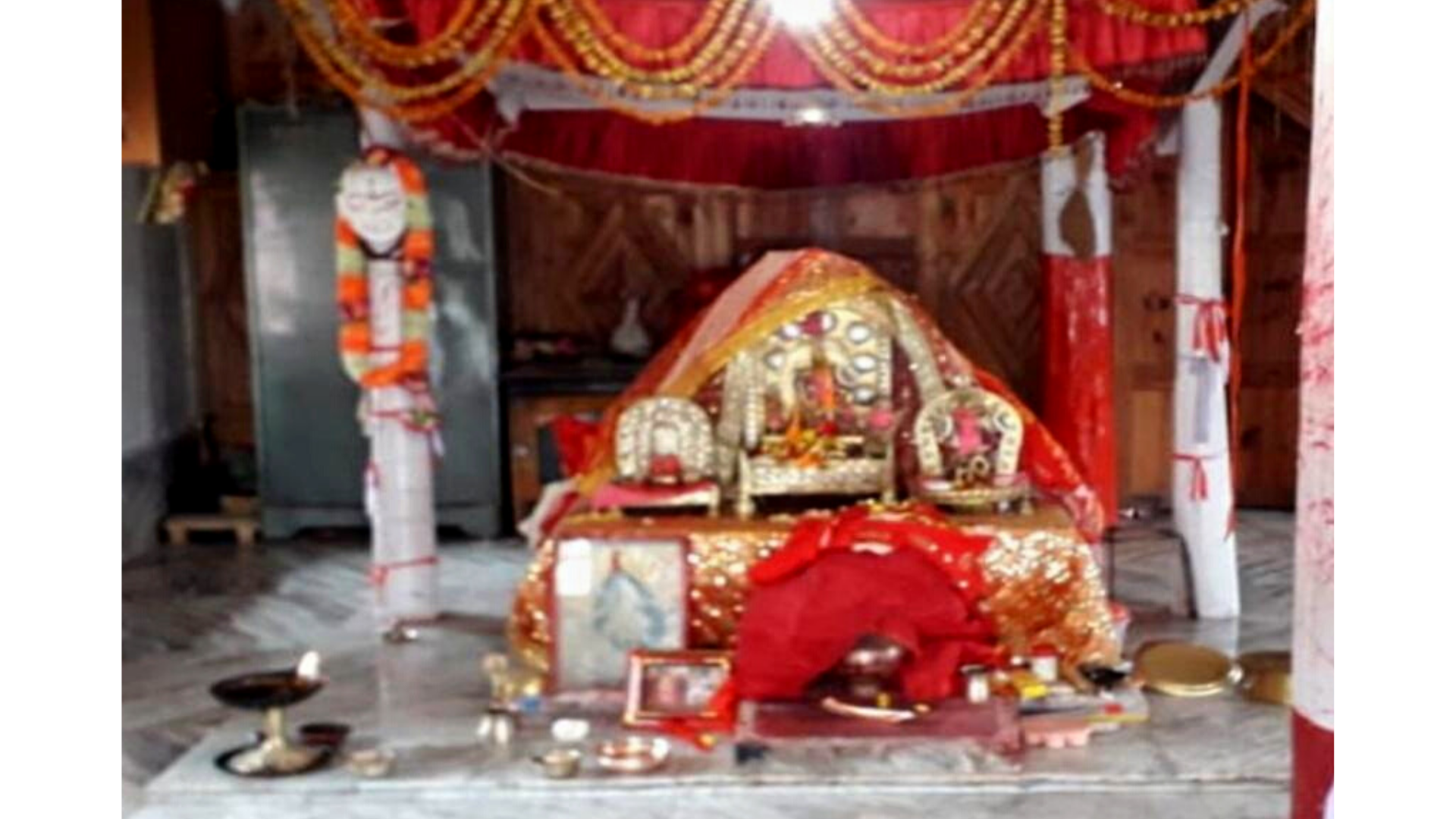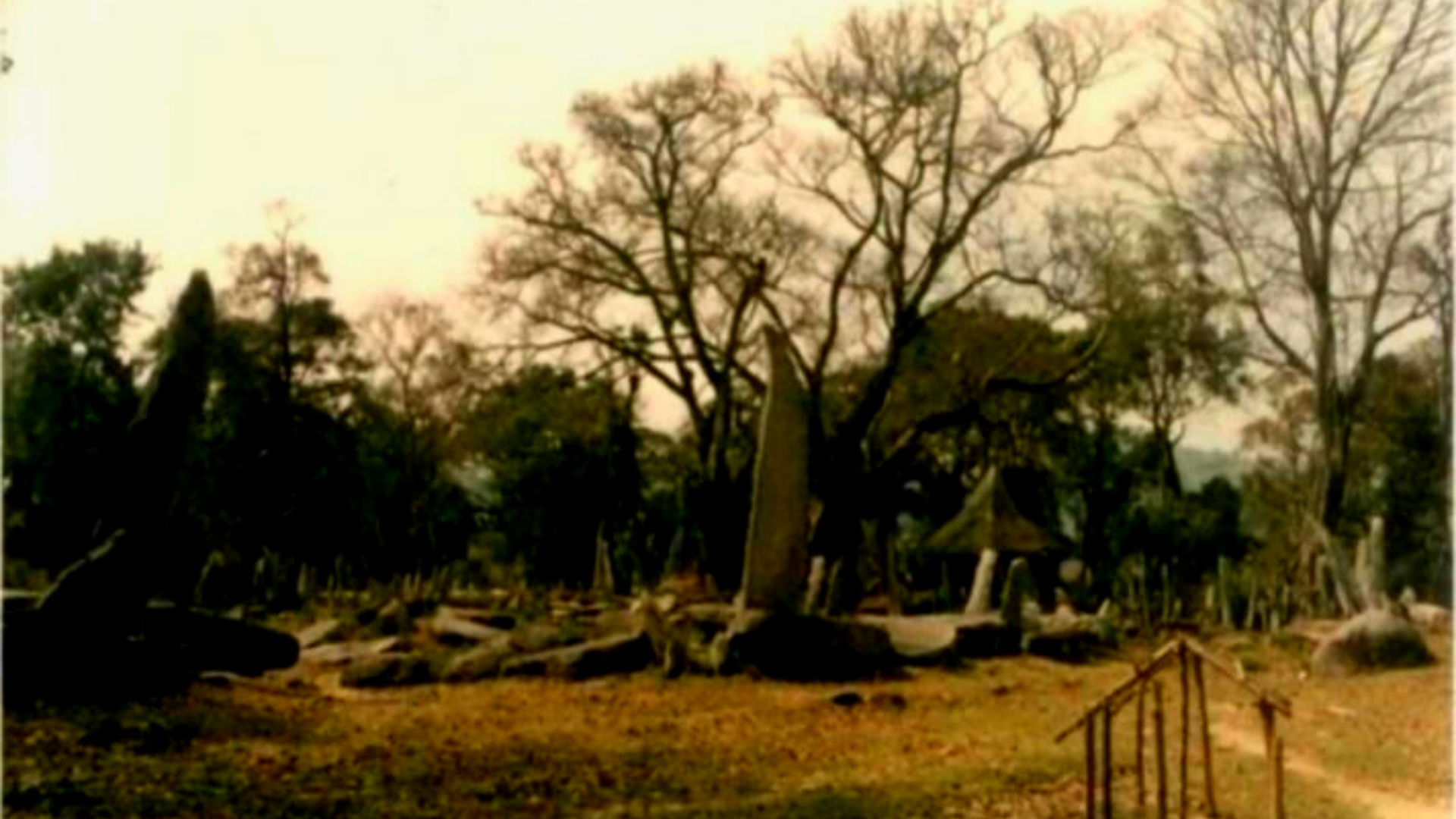As per available historical records, the Jaintia Kingdom was established in 1500 A.D. The first British expedition against the Jaintias was launched in February 1774. Conflict erupted when the Jaintias had obstructed and taxed the traders and the Christian missionaries in particular who were British subjects, while they were traveling on their boats down the Surma river to Dacca. The then Jaintia kingdom under Raja Chatra Singha exacted tolls from the traders of the English East India Company, which was looked upon by the British as an attack on their Empire and its imperial authority.
As a consequence, the British launched an attack on the Jaintia kingdom and in spite of a very strong opposition by the Jaintias, they were defeated. However, the British refused to annex the kingdom to its dominions. They continued to raise allegations that the Jaintias practiced witchcraft and black magic, and also kidnapped British subjects who were later sacrificed at the altar of Ma Kali. However, these allegations of the Jaintias performing human sacrifices still remain debatable due to the lack of convincing and factual evidence.
The ancient land of Pragjyotishpur (The City of Eastern Astrology or present-day Guwahati) which houses the Kámákhyá Sáktipeeth, along with its associated Tantric rites and rituals, intrigued the foreigners at first. They could not comprehend the philosophy and significance of Sákti worship in this part of Bharat, and thus tweaked their observations with their own prejudiced interpretations informed by an Abrahamic, European discourse. It is this same discourse which sees women essentially as evil and sub-human; hence, not suitable to be worshiped or glorified in any manner possible.
The Jaintias, like the Khasis and the Garos, still reckon their descent through the female line. They believe that the world is ruled by the supreme goddess called Ka Blai Synshar (Ka meaning ‘she’). Their indigenous religion is known as Ka Niam. With the growing popularity of Christianity, the suffix Tre, meaning ‘original’, has been added by the non-Christian Jaintias who take pride in themselves as the followers of the Niam faith system. Hence, presently, it is known as Ka Niam-Tre, meaning ‘original religion’. The term ‘Jaintia’ came to be used only after the area came under British rule in the year 1835.
This was done in order to differentiate it from the plain areas of the old Jaintia kingdom, the capital of which was Jaintiapur situated in the Jaintia Parganas, and the whole area of which now lies in Bangladesh. A popular local belief prevalent in the region is that the origins of the word ‘Jaintia’ may be traced to Jayanti Devi or Jayantesvári (believed to be Kali Ma). She was one of the major deities worshiped by the Jaintia royal family during the 16th century after consolidating its sway over the plains tracts in the south. 15th century Jaintias had a separate political entity popularly known as ‘The Land of the Twelve Tribal Chiefs’ headed by a king who could knit them all together.
The present-day Jaintia Hills District constituted the nucleus from which the Jaintia kingdom eventually developed. Slowly, this kingdom began to play an increasingly important role in the history and culture of the North-East from the 17th century onwards. The Jaintia kings belonged to the royal family of Sutnga who, at first, ruled in the hill areas only. But, they gradually extended their territory by means of military conquests both in the areas to the north and the south, but particularly towards the south. Originally, their capital was at Nartiang (famous for a 600-year old Durga temple), but later, they shifted to the hills of Jaintiapur in the plains of Sylhet (today’s Bangladesh).
Located in the West Jaintia Hills, the Nartiang Durga temple in Jowai, Meghalaya is one among the fifty-two Sáktipeethas of Bharat, where Devi-Sákti is worshiped as Ma Jayanti or Jayanteswári. Devi's left thigh is believed to have fallen at Nartiang in the Jaintia Hills. According to the head Pujari of this temple, several rituals that are followed here share similarities with the Bhadrakali temples of Kerala. The Durga Nartiang temple was built by the Jaintia king Dan Manik. Ma Jayanteswári was the presiding deity of the Jaintia royal family and a central figure in the Niam-tre faith, which has many similarities with the tradition of Devi worship in Sanatan Dharma.

Inside the Durga temple at Nartiang village, Jowai, Meghalaya
The Pnars/Syntengs/Jaintias of the Jaintia Hills believe that Niam-tre is their traditional faith system which needs to protected and saved from being appropriated by or digested into any other foreign faith/religion. The element of worshiping Sákti in Niam-tre eventually became assimilated into the Sákta Parampara of Sanatan Dharma. Since practitioners of the ancient Niam-tre faith did not worship any murti, the tradition continues even today. They share much in common with Sanatan Hindu traditions.
E.g. followers of the Niam-tre faith system are very much alike when it comes to the rituals of death. Just like in any other ordinary Hindu family, they cremate their dead unlike the Christians. They also have similar customs for rituals related to pregnancy, birth, and marriage. Hindu Jaintias of Meghalaya are primarily concentrated in the three places of Mihmyntdu, Jowai, and Nartiang. A declining religious belief system, Niam-tre is an ode to Mother Nature’s power to create, nurture and sustain life.
Niam-tre is still the main faith system that constitutes an intrinsic and inseparable part of the different religious rites and rituals in the Durga temple at Nartiang. These are not performed in the conventional way as is the case in the plains, but in a unique way, which is a beautiful blend of Hindu and ancient Khasi traditions. The local chieftain or Syiem is considered as the chief patron of this temple. The popular belief here is that the locals of the Jaintia kingdom were not aware and familiar with the Puja rituals, and since they could not find any Brahmin from neighboring Assam to preside over these rituals, they therefore decided to invite the Deshmukh Brahmins from Western India as pujaris. At present, it is the 30th generation of pujaris who are looking after the day-to-day functioning of this temple.
Their forefathers were brought by the Jaintia king from the area encompassing present-day Bangladesh and they belong to the Maharashtrian Deshmukh Brahmin community. Bali-pratha is one of the commonest and popular modes of worship of the Devi at the Nartiang Durga temple. Goats, pigeons, and ducks are the most common animals sacrificed on the day of Astámi during the annual Durga Puja celebrations. Earlier, the temple used to attract a large number of pilgrims on the occasion of Durga Puja, which is the most important festival observed here. But, over the past few years, in the words of Anil Deshmukh, the mukhya pujari of this temple, “There has been a continuous decrease in the number of visitors to this temple.”
Just like in any other part of Eastern India including Bengal, Assam, Tripura, Odisha, and Bihar, among the Hindus of Meghalaya too, Mahalaya marks the onset of Durga Puja. It heralds the end of the Pitru Paksha period and the advent of Devi Paksha or arrival of Ma Durga onto the earth. One of the most important rituals of Mahalaya among the Hindu Jaintias of Meghalaya is waking up at dawn and immersing oneself in the mesmerizing slokas of the Devi Stuti. Rituals on the day of Mahalaya at the Durga Nartiang temple include recitals from the scriptures, recalling the story of how Ma Durga was adorned with weapons by all the Devatás, which awakened her inner powers eventually leading the Sákti in her to kill all the Asurás.
Mahalaya is therefore a celebration of good over evil, of hope, of the tremendous powers that reside in a woman and how once awakened, she can destroy all the evil in this world. During Durga Puja, the trunk of a banana tree is worshiped as Ma Durga at the Nartiang Durga temple. It is beautifully dressed up as Durga in a red saree and decorated with other traditional finery by the chief Pujari (Syiem) of the temple. At the end of the four-day festivities, the trunk with all its clothes and jewels is ceremoniously immersed in the nearby Myntdu River. Bidding adieu to Ma Durga and immersing her image (that of the banana trunk) in the waters is popularly known as the ritual of visarjan that is performed every year, with the hope that Ma will return again the next year, bringing in joys and blessings of the season.
Visarjan signifies non-permanence, the temporary image dissolving and merging with one of the elements, i.e. jal (water), of Pancha Bhoota Sthálam, and thereby losing its physical identity. But, Ma’s presence in our lives is as permanent as our aatmán. It is only the murti which is immersed, her divine presence lives on. Dárpan Visarjan is another important ritual that is observed at the Nartiang Durga temple before the actual immersion of the murti. In this ceremony, the Syiem symbolically immerses the murti (the banana trunk) by capturing its reflection in a bowl of water and one has to see the reflection of Ma Durga through this bowl to attain Her blessings. Although this had been the practice traditionally, it is, however, now on the decline.
Worship of Sákti among the Hindus of Meghalaya would perhaps remain incomplete without a mention of the sacred groves of Mawphlang village. These are considered to be one among the most revered sacred groves of the region. The origin of the Mawphlang sacred forests can be traced to a religious belief system in which forests and everything associated with them are regarded as sacred. The local communities of the region believe it to be the home of a local deity called Labasa who has played a key role in preserving these forests for more than thousands of years. They are of the firm belief that it is Labasa who protects their forests and community from any mishap.

Monoliths at Nartiang village, Meghalaya
Labasa is believed to take on the form of a leopard or tiger, and protect the village. The Mawphlang sacred groves have one strict rule – ‘Nothing is allowed to be taken out of here. Not even a leaf, stone, or a dead log’. Removing even the tiniest leaf from these forests means disrespect to Labasa. It is said that whoever attempts to break this rule is punished with a fatal illness or even death in extreme circumstances. Every sacred forest in and around the villages of Nartiang and Jowai in Meghalaya has the presence of a sacred altar, mostly in the form of a monolith, covered on all sides by massive stones which serve as a space for offering bali to the Devi in a thanks-giving ceremony to Her. In the Khasi hills of Meghalaya, the sacred groves are locally known as Lav Kyntang, Lav Niam or Lav Lyngdoh, Khloo Blai in the Jaintia hills, and Asheng Khosi in the Garo hills.
(The pictures used in the article are from the author’s own collection).
 The writer is associated with the Center for Indic Studies, Indus University, Ahmedabad as an Assistant Professor. Her area of interest is North East India, it's history, culture and civilization before the advent of Christianity in the region. She is also a public speaker, writer and Columnist.
The writer is associated with the Center for Indic Studies, Indus University, Ahmedabad as an Assistant Professor. Her area of interest is North East India, it's history, culture and civilization before the advent of Christianity in the region. She is also a public speaker, writer and Columnist.
NEXT ARTICLE

At the southernmost tip of this mesmerising ensemble lies the majestic Great Nicobar Island, boasting an impressive landmass of about 910 square kilom...

Bharath has always been a land traversed by spiritual masters/ Guru since time immemorial. These spiritual masters have always upheld the core princip...

South India contains its fair share of unique pilgrimage centres. These divine places of worship have a prominent Sthala Purana, devoted followers, di...